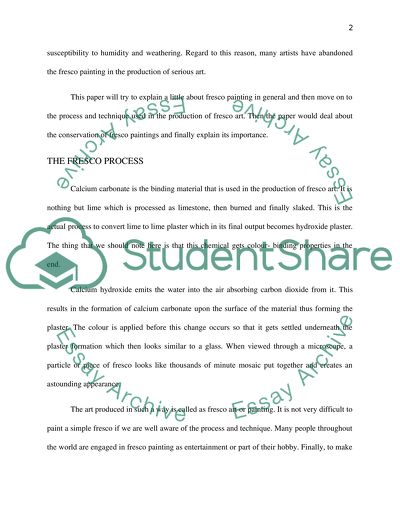Cite this document
(“Conservation of Fresco Essay Example | Topics and Well Written Essays - 3000 words”, n.d.)
Retrieved from https://studentshare.org/architecture/1526726-conservation-of-fresco
Retrieved from https://studentshare.org/architecture/1526726-conservation-of-fresco
(Conservation of Fresco Essay Example | Topics and Well Written Essays - 3000 Words)
https://studentshare.org/architecture/1526726-conservation-of-fresco.
https://studentshare.org/architecture/1526726-conservation-of-fresco.
“Conservation of Fresco Essay Example | Topics and Well Written Essays - 3000 Words”, n.d. https://studentshare.org/architecture/1526726-conservation-of-fresco.


